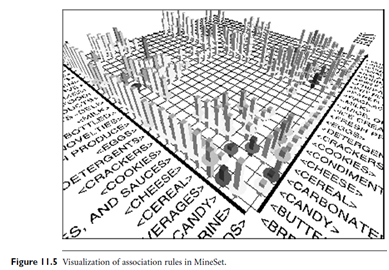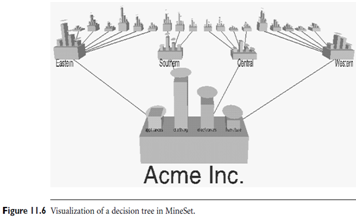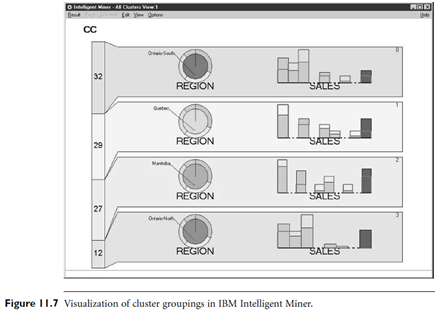Data Mining And Collaborative Filtering
Introduction:


Today’s consumers are faced with millions of goods and services when shopping on-line. Recommender systems help consumers by making product recommendations during live customer transactions. A collaborative filtering approach is commonly used, in which products are recommended based on the opinions of other customers.
 Collaborative recommender systems may employ data mining or statistical techniques to search for similarities among customer preferences.
Collaborative recommender systems may employ data mining or statistical techniques to search for similarities among customer preferences.
A collaborative recommender system works by finding a set of customers, referred to as neighbors, that have a history of agreeing with the target customer (such as, they tend to buy similar sets of products, or give similar ratings for certain products). Collaborative recommender systems face two major challenges: scalability and ensuring quality recommendations to the consumer. Scalability is important, because e-commerce systems must be able to search through millions of potential neighbors in real time. If the site is using browsing patterns as indications of product preference, it may have thousands of data points for some of its customers. Ensuring quality recommendations is essential in order to gain consumers’ trust. If consumers follow a system recommendation but then do not end up liking the product, they are less likely to use the recommender system again. As with classification systems, recommender systems can make two types of errors: false negatives and false positives. Here, false negatives are products that the system fails to recommend, although the consumer would like them. False positives are products that are recommended, but which the consumer does not like. False positives are less desirable because they can annoy or anger consumers.